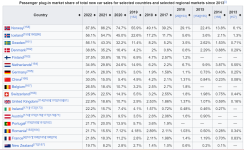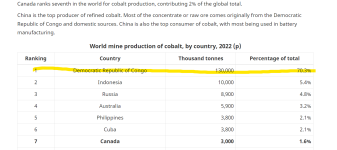Short answers. Use as the basis for your own digging.
Batteries will be recycled (already starting to happen) when enough EVs reach end-of-life that it becomes economically viable to do so. An existing, if worn-out, battery, contains more lithium and nickel and all the other goodies in greater concentration than any natural raw material does.
The "slave labor" argument is mostly (not entirely) nonsense. Cobalt mostly comes as a byproduct of copper mining, using normal mechanized mining techniques. There's a town in Ontario called Cobalt ... take a guess why it's called that. Even if we grant that a certain amount of raw materials are coming from a third-world country, what's the best way to (eventually) lift that country out of being a third-world country into becoming a developing country? (1) Abandon them and buy none of their products. Or (2) Buy some stuff from them, thus sending them some money, while simultaneously urging them to improve their labour practices.
We do not live in a perfect world. There is no such thing as perfection. In order to make things better, maybe we have to pass through the stage of being good-but-not-perfect first. Perfection will never be achieved.
I invite comparison between copper and nickel mining (which is something that is done "once" and the end product is good for the lifetime of whatever it ends up in, plus more lifetimes if it is effectively recycled afterward), and oil-sands mining (which produces a product that can only be used once and has to be repetitively done throughout the lifetime of whatever is using it).
Here's another thing to chew on. A normal combustion-engine vehicle weighs about 1.5 tonnes. It uses, let's say for easy numbers that are not too far from normality, 8 litres of petrol per 100 km, which is 6.5 kg per 100 km. So in its lifetime of let's say 250,000 km, it uses 16,250 kg (over 16 tonnes) of fuel. The resources consumed through its lifetime usage by far dominate over the resources used for its original manufacture. And a fair bit of the resources used to originally manufacture it, can be recycled (and the metals are). The fuel is one-and-done.
Yes, the EV consumes electricity, too ... but we can, and do, produce that mostly by means other than fossil fuel.
CER – Provincial and Territorial Energy Profiles – Ontario


















